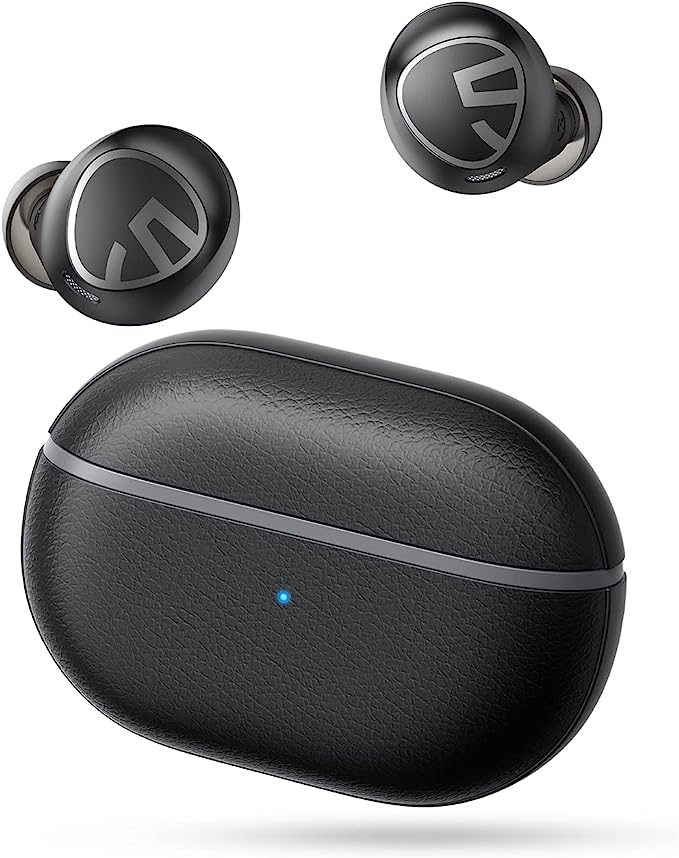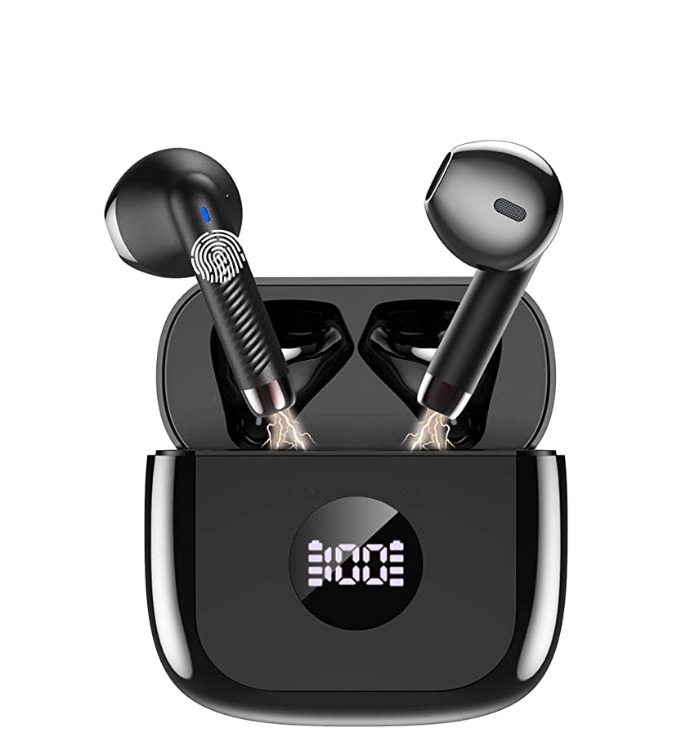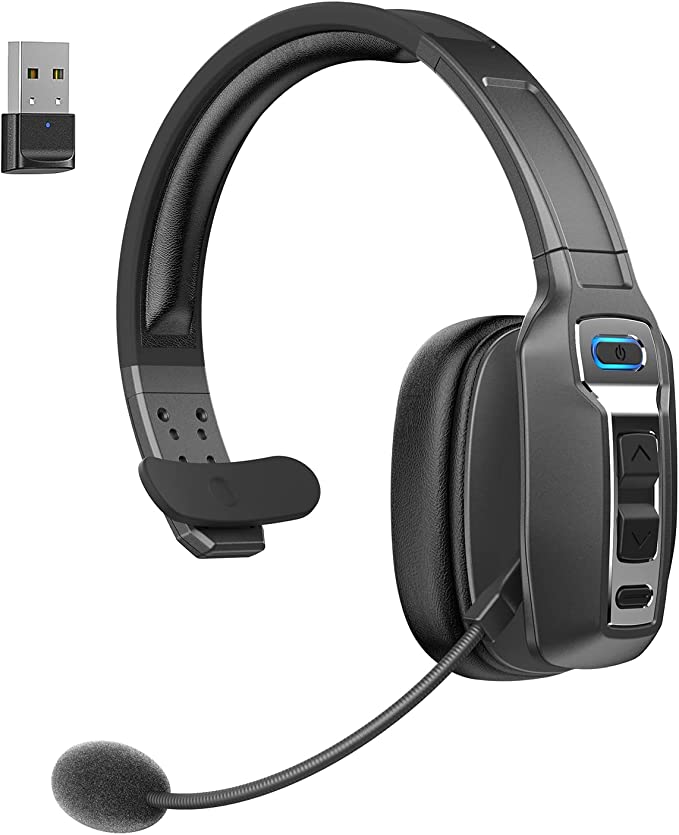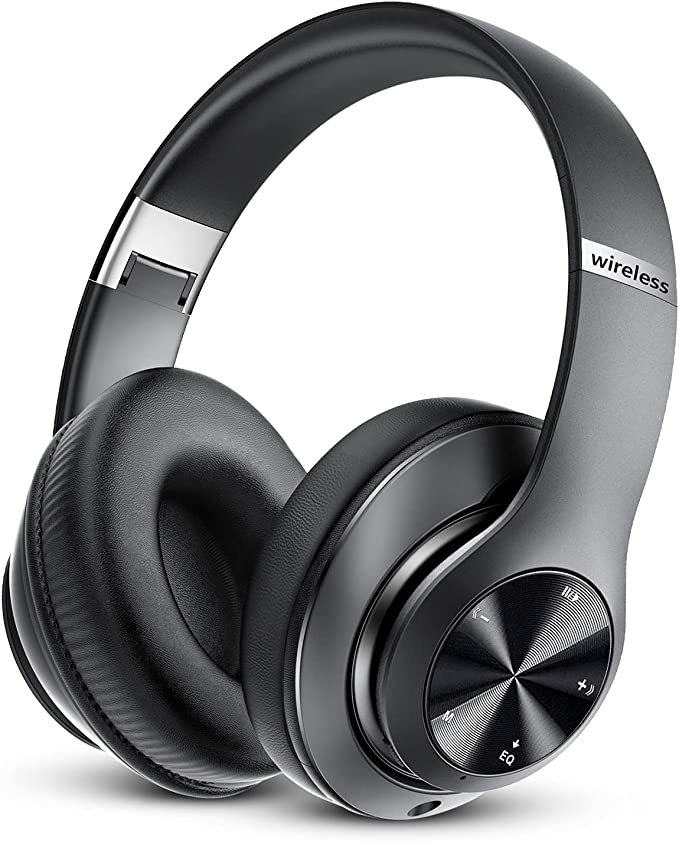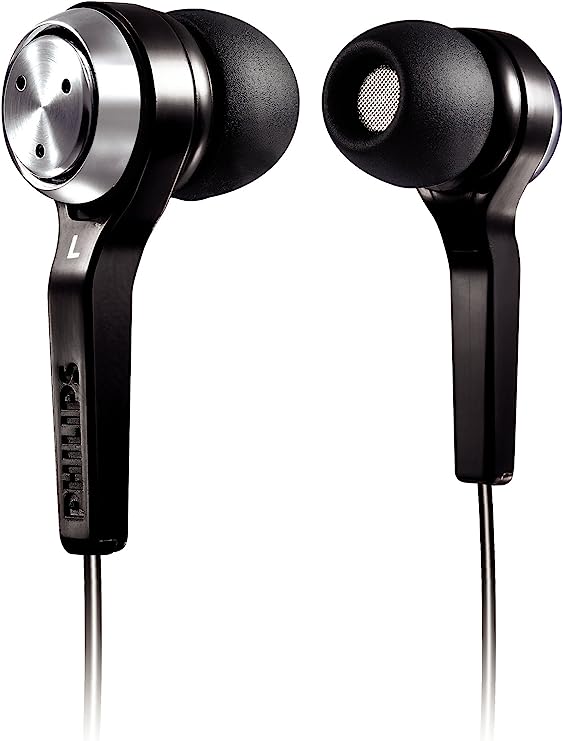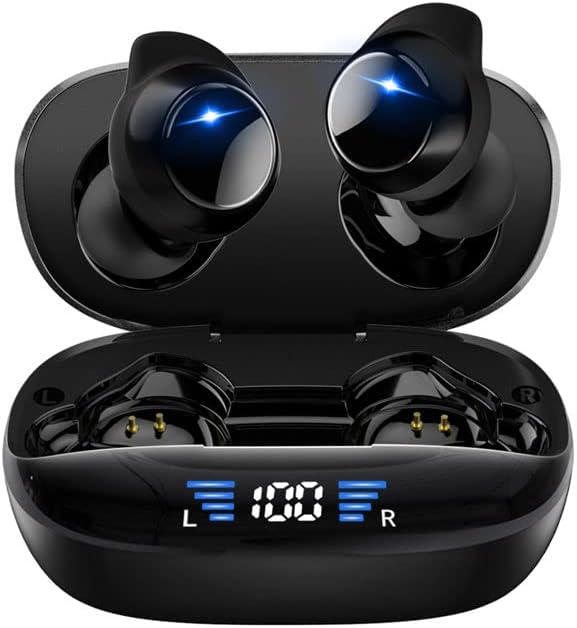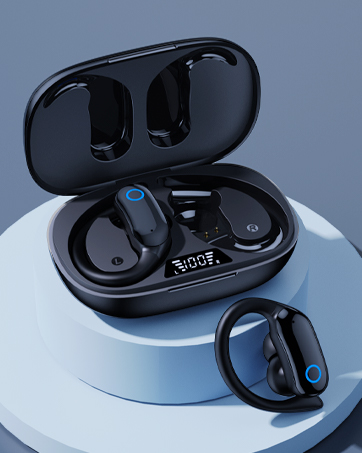The Unseen Physics of Comfort: Deconstructing the Modern Evaporative Cooler
Update on Oct. 7, 2025, 2:40 p.m.
We live in a world where comfort is often just a button press away. In the sweltering heat of summer, we tend to think of air conditioners as machines that “create” cold. But in the grand theater of physics, there’s no such thing as creating cold; there is only the movement of heat. An air conditioner is a brute-force solution: it uses a complex, energy-hungry refrigeration cycle to forcibly pump heat from inside your home to the outside. It’s effective, but it comes with a hefty energy bill and a detachment from the world outside your sealed windows.
However, nature has a far more elegant and efficient method. It’s the same principle that provides a moment of chilling relief when a breeze hits your skin after a swim. This is the world of evaporative cooling, a process that doesn’t fight against physics but dances with it. This article will deconstruct the science behind this powerful phenomenon. We’ll lift the hood on a modern, high-performance evaporative cooler—using the Uthfy HY-40BI-51 as our case study—to understand the intricate ballet of physics, engineering, and the crucial environmental context that dictates its remarkable effectiveness. This isn’t a review; it’s an exploration into the engineering of comfort.

Nature’s Own Air Conditioner: A Lesson in Thermal Dynamics
The core principle behind an evaporative cooler is beautifully simple and something you’ve experienced your entire life. When water evaporates, turning from a liquid to a gas, it requires a significant amount of energy. This energy, in the form of heat, is pulled directly from its surroundings. Physicists call this the “latent heat of vaporization.” The water on your skin after emerging from a pool uses your body heat as fuel for its evaporation, which is why you feel a sudden chill. An evaporative cooler weaponizes this exact principle on a massive scale, continuously, to cool the air itself.
To an HVAC engineer, this cooling potential is visualized on a complex grid called a psychrometric chart. But for the rest of us, it boils down to a simpler, tangible concept: the difference between the “dry-bulb” temperature (what a regular thermometer reads) and the “wet-bulb” temperature (what a thermometer with a wet wick reads). The larger the gap between these two temperatures—a gap that is widest in dry air—the more “thirst” the air has for water, and thus, the more potential there is for evaporation and cooling.
This gap is the single most important factor determining if a swamp cooler will be your best friend or a useless appliance. In the bone-dry, 10% humidity air of Phoenix, Arizona, the cooling effect can be dramatic, dropping the temperature by as much as 20-30°F (11-17°C). In the soupy, 80% humidity of Miami, Florida, that same machine will do little more than make the air feel even muggier. It’s not a flaw in the machine; it’s a law of physics.

Anatomy of a Cooling Machine: Engineering in Action
So, this elegant principle is clear. But how do you engineer a machine to execute this natural process reliably and on the massive scale needed to cool a large garage or workshop? Let’s lift the hood on our specimen, the Uthfy HY-40BI-51, and see how each component plays its part in this thermal ballet.
The Lungs: The Fan System and the Meaning of 4800 CFM
The most prominent specification you’ll see is its airflow rating: 4800 Cubic Feet per Minute (CFM). This number sounds impressive, but what does it actually mean for your space? Thinking in CFM alone is like measuring a car’s power without considering the vehicle’s weight. The more useful metric is Air Changes per Hour (ACH), which tells you how many times the machine can completely replace the air in your space within an hour.
You can calculate it simply: ACH = (CFM x 60 minutes) / (Length x Width x Height of your room in feet)
For a typical two-car garage of 20’ x 20’ with a 9’ ceiling (3600 cubic feet), this 4800 CFM cooler would produce:
(4800 * 60) / 3600 = 80 ACH
This is a staggering number. For context, OSHA might recommend 6-15 ACH for a general workshop, but for spaces with heat-generating activities, 20-30 ACH or more is often desired. This high ACH rating ensures that hot, stale air is rapidly exhausted and replaced with fresh, cooled air, which is critical for how these coolers function. Powering this system is what the manufacturer calls a “copper motor,” which generally implies copper windings. In motor design, copper offers better electrical conductivity than aluminum, leading to higher efficiency, less heat generation within the motor itself, and a longer operational lifespan—all crucial traits for a machine designed to run for hours on end in a hot environment.
The Heart: The Water Distribution System and Maximizing Surface Area
The cooling doesn’t happen in the fan; it happens on the pads. The Uthfy cooler features three-sided, high-density cooling pads. A small pump in the 10.6-gallon water reservoir at the bottom continuously circulates water to the top of these pads, letting it soak down and saturate the entire medium. The fan then pulls the hot, dry outside air through these wet pads.
Here, surface area is king. The porous, fibrous structure of the pads creates a vast surface area for air and water to interact. As the air rushes past, it fuels the evaporation of the water, surrendering its heat in the process. The result is a stream of significantly cooler, moisture-added air pushed out into your space. The inclusion of three ice packs is a nod to basic thermodynamics—melting ice can pre-chill the water, giving a slight, temporary boost to the cooling effect—but the real workhorse is the continuous, large-scale evaporation on the pads.
The Performance Equation: Translating Specs into Reality
We’ve seen the individual parts. Now, let’s translate these engineering specifications into the numbers that truly matter: performance, cost, and, most importantly, limitations.
The 200-Watt Advantage: A Gulf in Energy Consumption
This is perhaps the most compelling number. The Uthfy cooler operates at just 200 watts. Let’s compare that to a typical portable air conditioner rated for a similar-sized space, which, according to the U.S. Department of Energy, can easily consume between 1500 and 2500 watts.
| Appliance | Power Consumption | 8 Hours of Use | Cost (at $0.17/kWh avg. U.S. rate) |
|---|---|---|---|
| Uthfy Evaporative Cooler | ~200 Watts (0.2 kW) | 1.6 kWh | ~$0.27 per day |
| Typical Portable AC | ~1800 Watts (1.8 kW) | 14.4 kWh | ~$2.45 per day |
The difference is staggering. Over a month of daily use, the evaporative cooler might cost less than $9 to run, while the portable AC could add over $70 to your electricity bill. This isn’t a small difference; it’s a fundamental shift in the cost of comfort, made possible by working with nature instead of fighting it.
The Achilles’ Heel: A Frank Discussion About Humidity
As we established, the effectiveness of this technology is entirely dictated by the ambient relative humidity (RH). The machine’s performance is not a constant. Below is a simplified table to manage expectations, based on the principles of evaporative cooling:
| Starting Air Temp (°F) | Relative Humidity (%) | Expected Cooled Air Temp (°F) |
|---|---|---|
| 95°F (35°C) | 15% | ~70°F (21°C) |
| 95°F (35°C) | 30% | ~78°F (26°C) |
| 95°F (35°C) | 50% | ~85°F (29°C) |
| 85°F (29°C) | 30% | ~72°F (22°C) |
| 85°F (29°C) | 60% | ~80°F (27°C) |
Based on data from NOAA, large swathes of the American Southwest, Mountain West, and parts of the Plains are ideal territories for this technology. Conversely, the Southeast and much of the East Coast experience humidity levels that would severely limit or negate its effectiveness. Using this cooler in a sealed space in a high-humidity area is a recipe for creating a sauna, as you are simply adding more moisture to already saturated air. This is why proper use always involves providing a source of fresh air intake and an exhaust path (like an open window or door) to vent the now moisture-laden air.

Conclusion: The Intelligent Choice for the Informed User
The modern evaporative cooler is not a magic box that creates cold. It is a finely tuned piece of engineering that elegantly applies the laws of physics. It does not offer the universal, climate-agnostic cooling of a traditional air conditioner, but it was never meant to.
Instead, it presents an intelligent choice for those in the right environment. It offers a dramatic reduction in energy consumption, a lower environmental impact, and a simple, robust design that is well-suited for the demanding conditions of workshops, garages, and commercial spaces. By understanding the principles of evaporative cooling, by learning to read the language of specifications like CFM and translate them into ACH for your own space, and by respecting the fundamental limitation of humidity, you move from being a mere consumer to an informed user. You now have the tools to analyze your environment and needs to determine if this elegant, efficient technology is the right fit for you.










